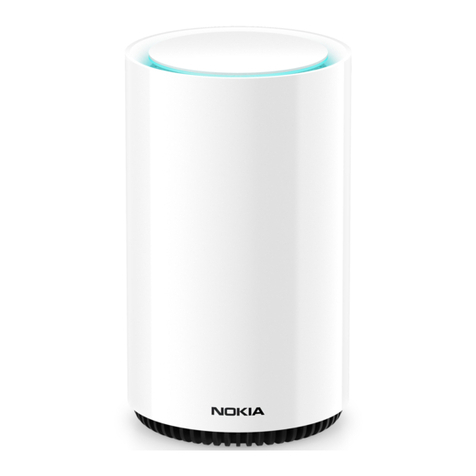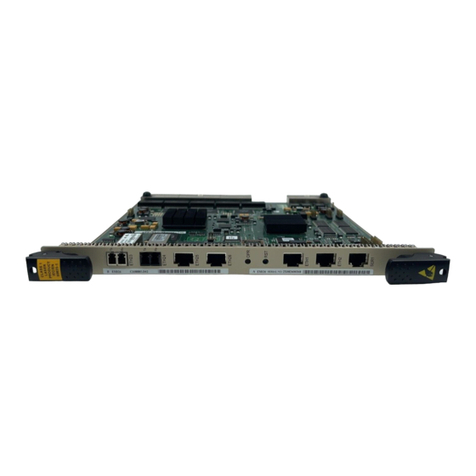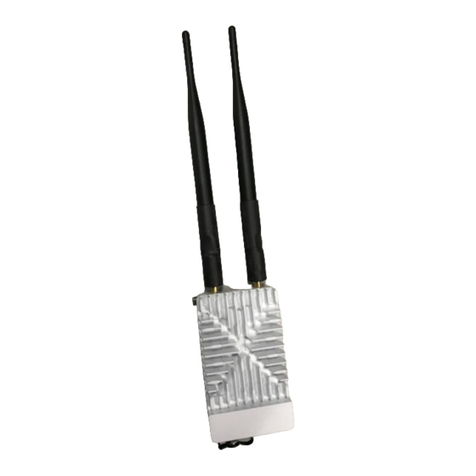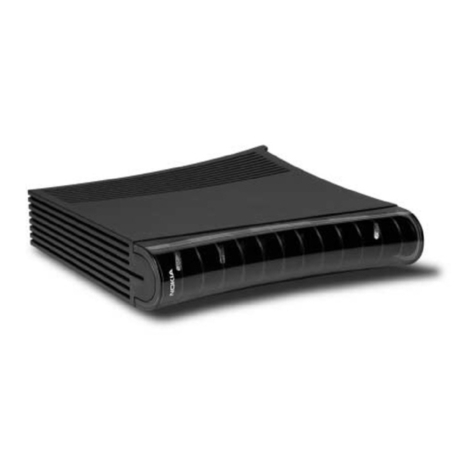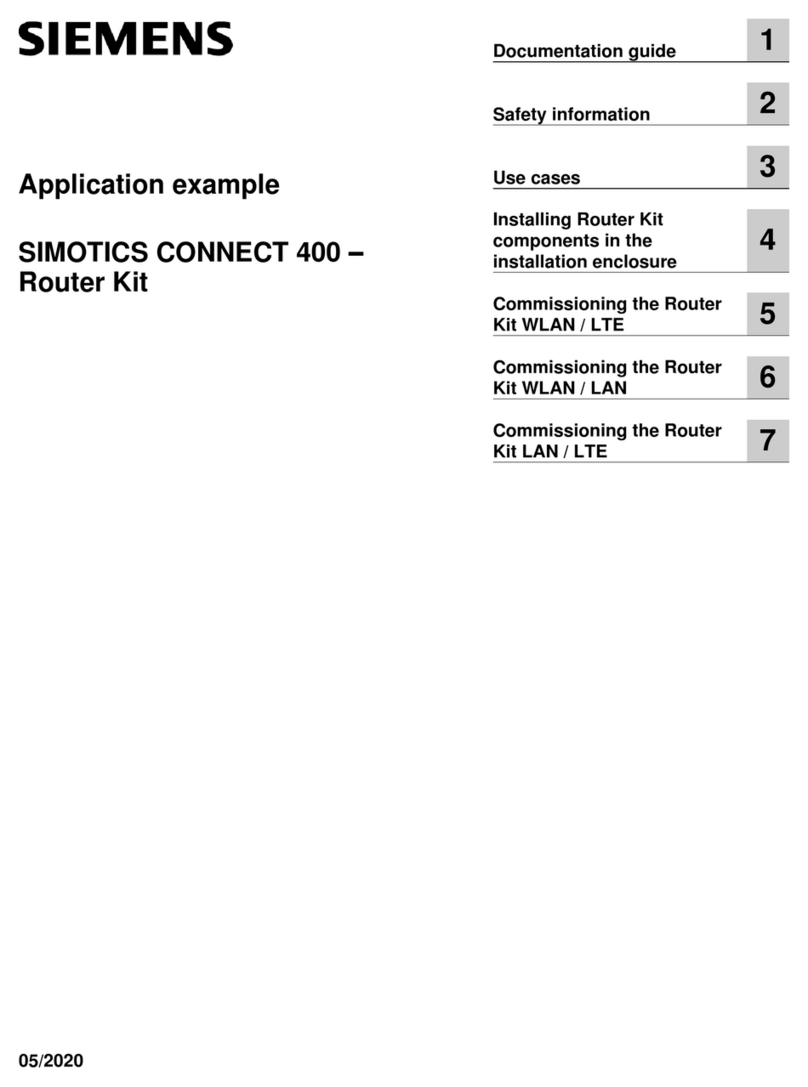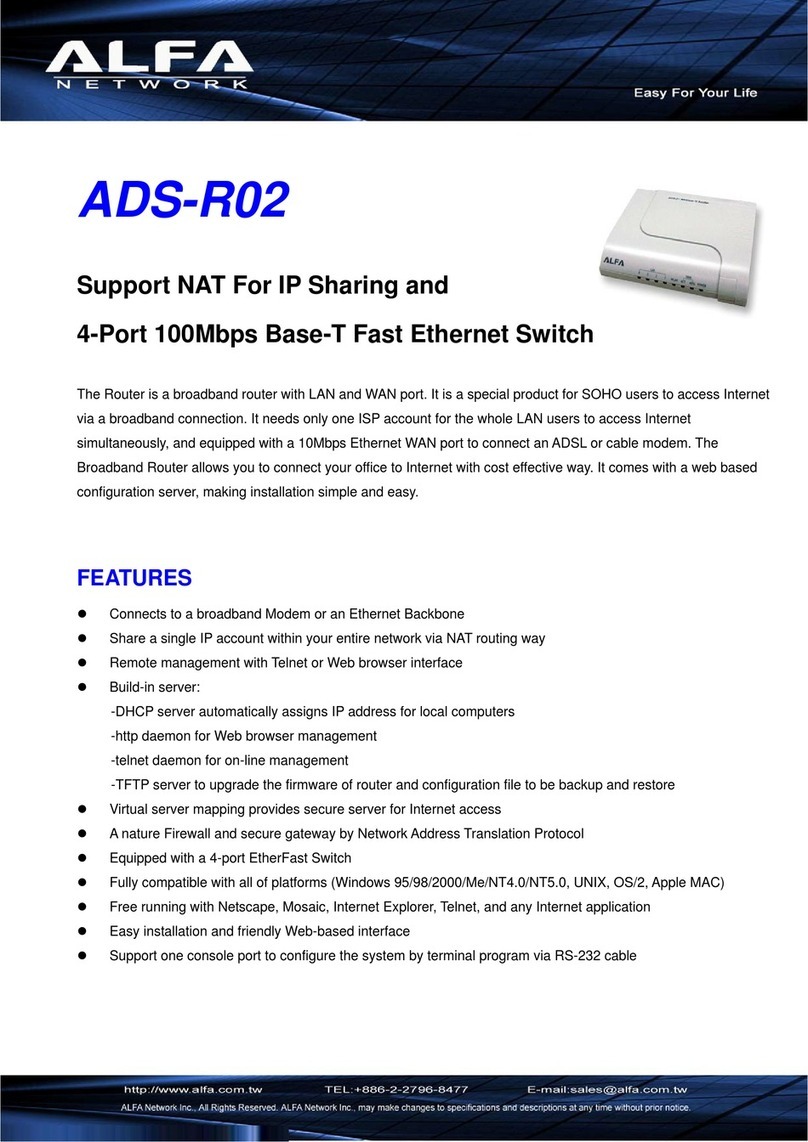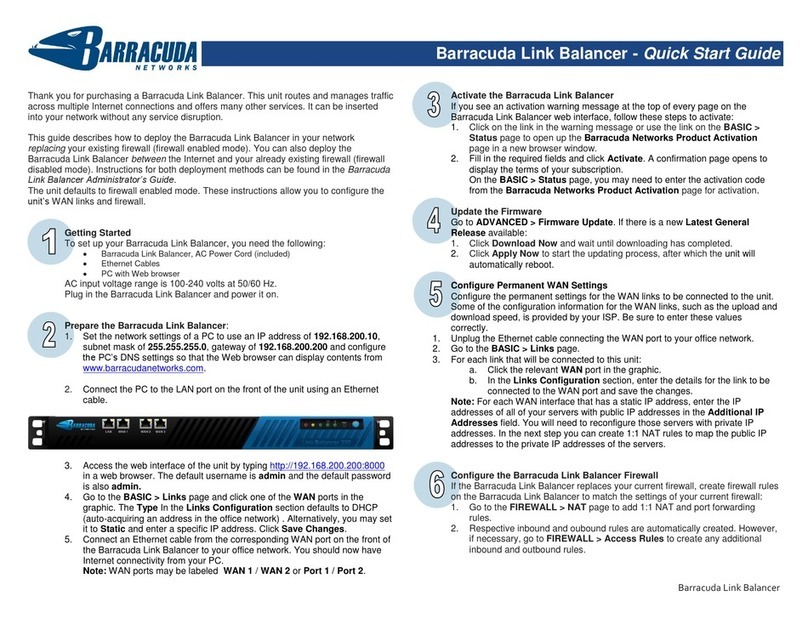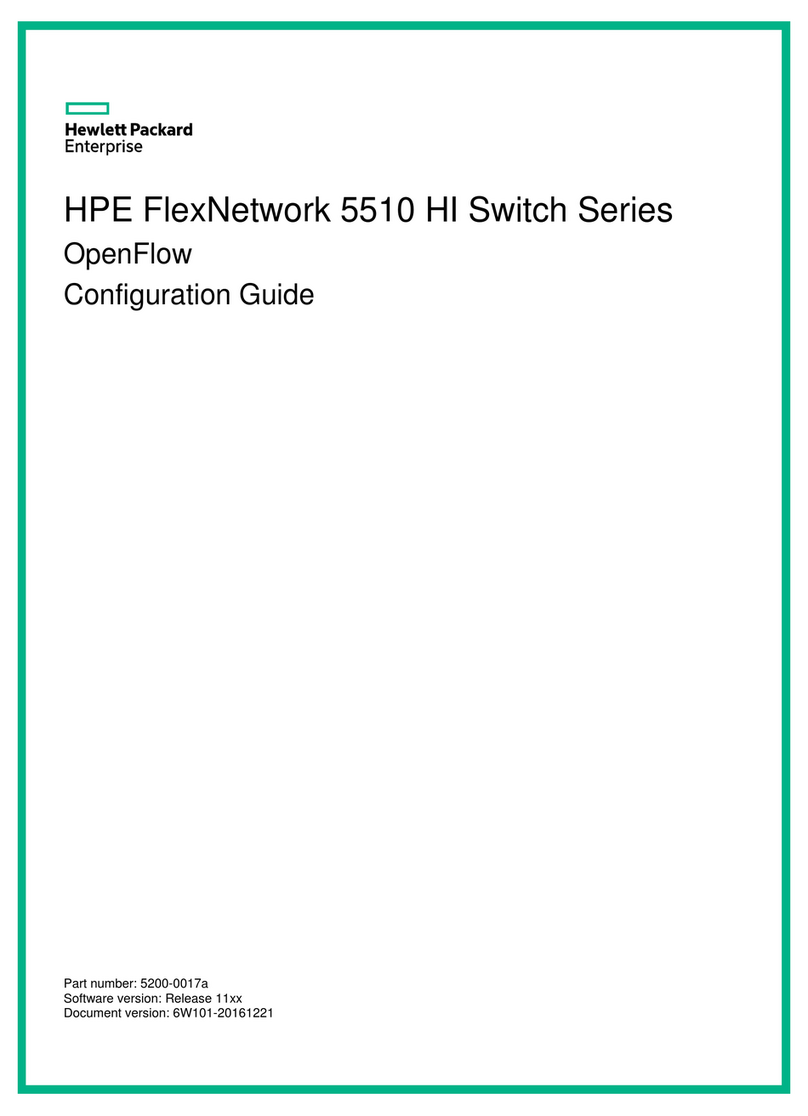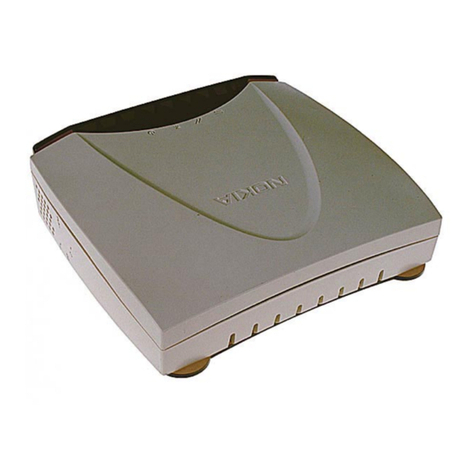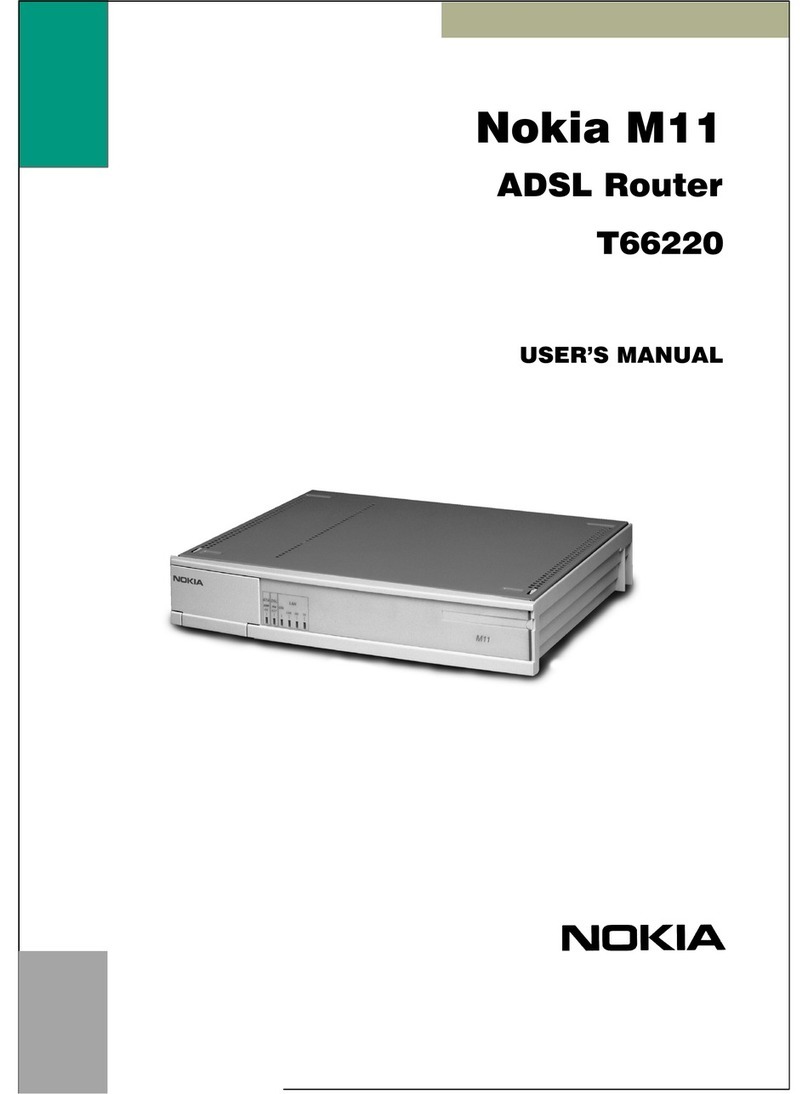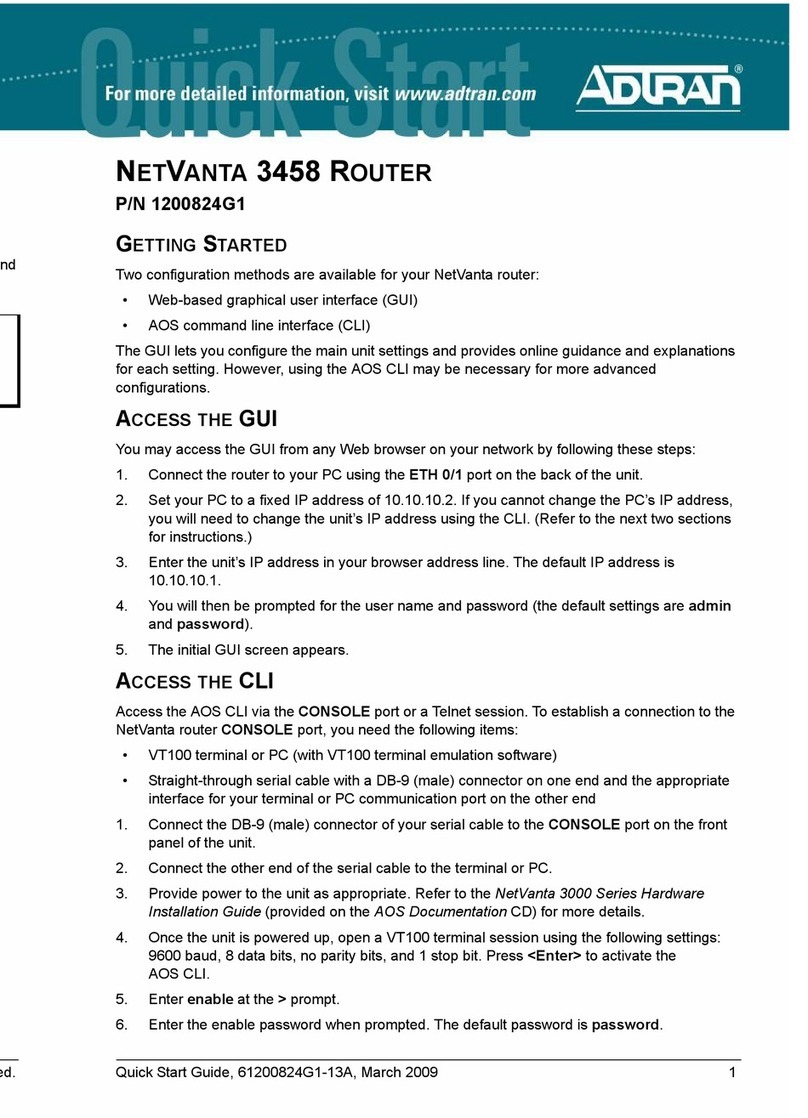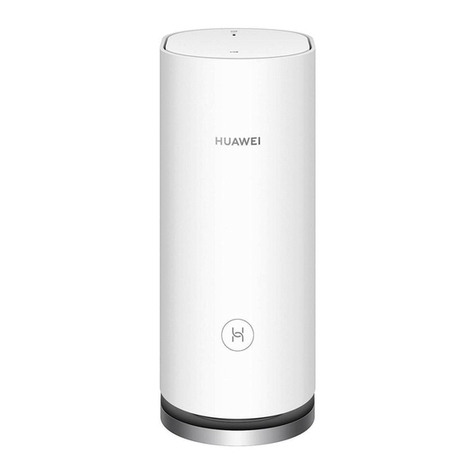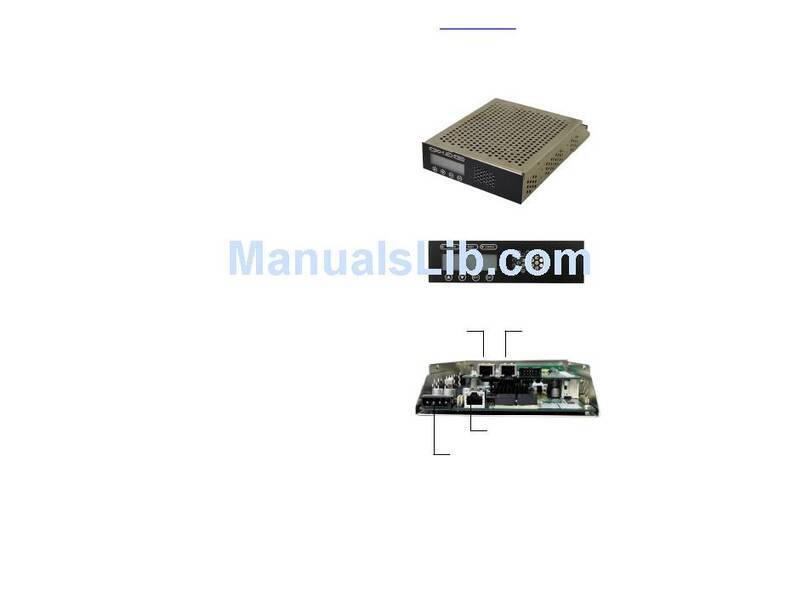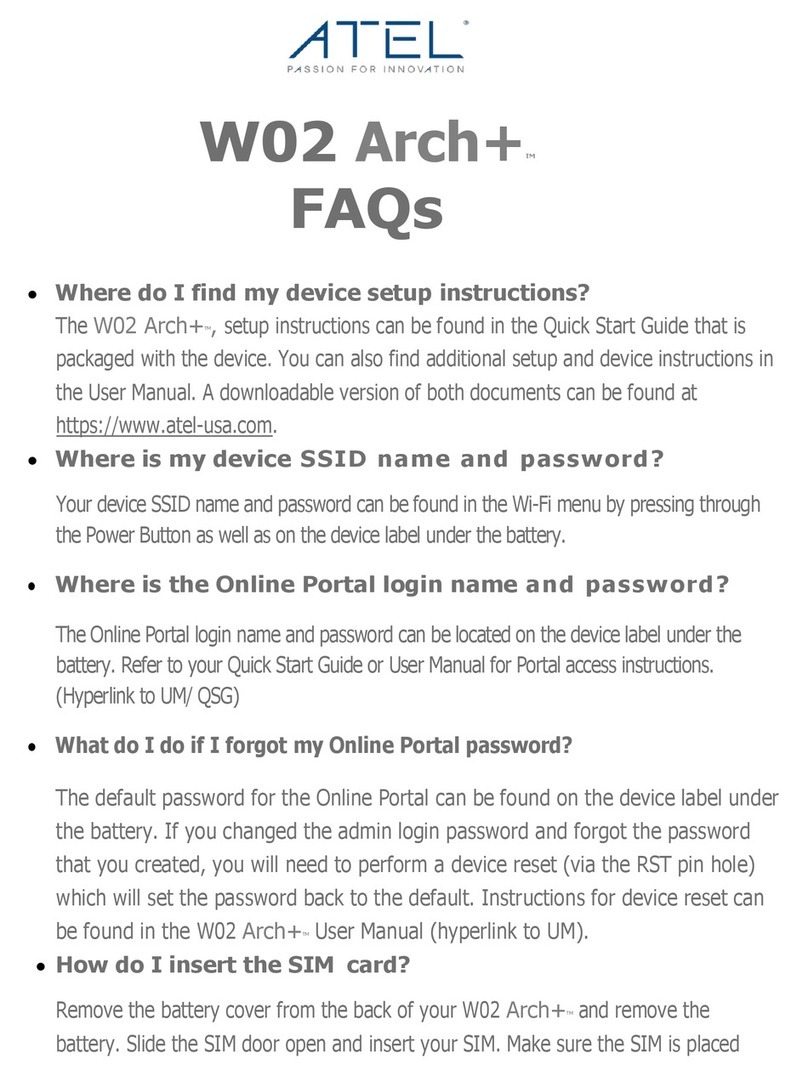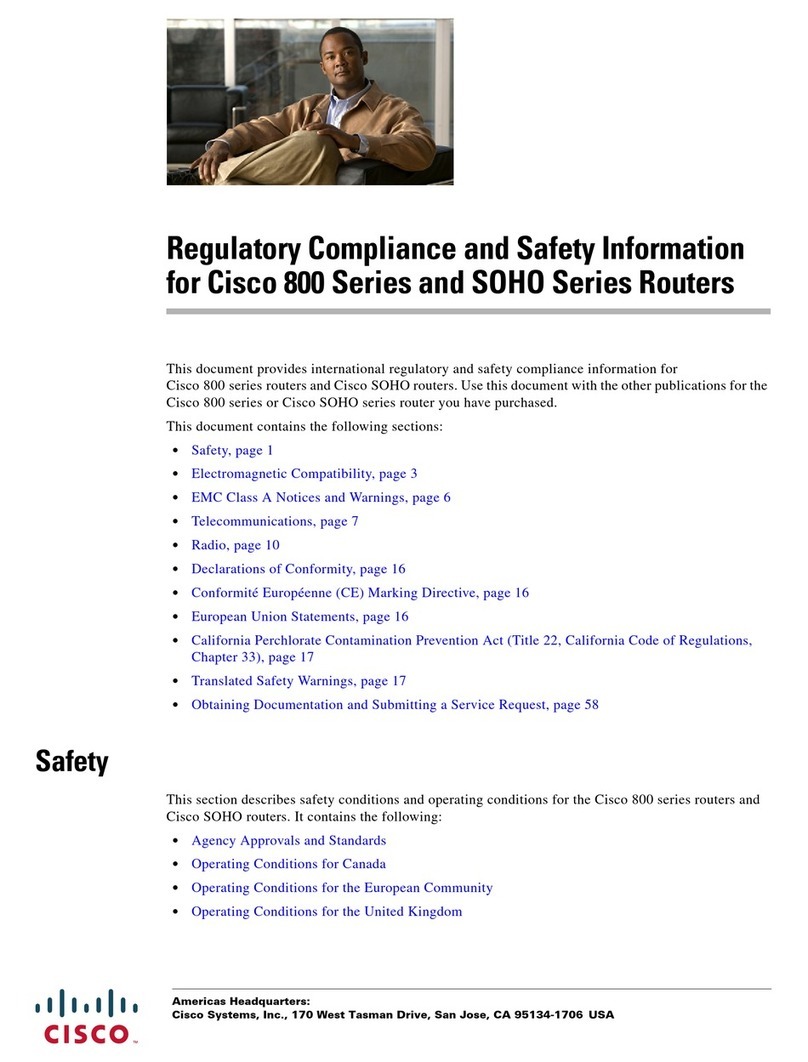
MPLS Guide
3HE 18686 AAAB TQZZA © 2022 Nokia.
Use subject to Terms available at: www.nokia.com
5
3.12.10.1 SR-TE LSP Metric and MTU Settings .....................................................117
3.12.11 SR-TE Entropy Labels.............................................................................119
3.13 Weighted ECMP by RSVP-TE or SR-TE LSPs .......................................120
3.13.1 Weighted ECMP for VPRN Services with Auto-bind ...............................121
3.13.2 Weighted ECMP for EVPN......................................................................121
3.13.3 Weighted ECMP for SDPs ......................................................................122
3.14 MPLS Service Usage ..............................................................................123
3.14.1 Service Destination Points.......................................................................123
3.15 MPLS and RSVP-TE Configuration Process Overview...........................124
3.16 Configuration Notes.................................................................................125
3.17 Configuring MPLS and RSVP-TE with CLI..............................................127
3.18 MPLS Configuration Overview ................................................................128
3.18.1 Router Interface.......................................................................................128
3.18.1.1 E-LSP for Differentiated Services............................................................128
3.18.2 Paths .......................................................................................................128
3.18.3 LSPs ........................................................................................................129
3.18.4 Pseudowires ............................................................................................129
3.18.5 Signaling Protocol....................................................................................130
3.19 Basic MPLS Configuration.......................................................................131
3.20 Common Configuration Tasks .................................................................133
3.20.1 Configuring MPLS Components ..............................................................133
3.20.2 Configuring Global MPLS Parameters ....................................................134
3.20.3 Configuring an MPLS Interface ...............................................................135
3.20.4 Configuring MPLS Paths .........................................................................136
3.20.5 Configuring an MPLS LSP.......................................................................137
3.20.6 Configuring a Static LSP .........................................................................137
3.20.6.1 Configuring a Fast-Retry Timer for Static LSPs ......................................138
3.20.7 Configuring Manual Bypass Tunnels.......................................................138
3.20.8 Configuring RSVP-TE Parameters and Interfaces ..................................140
3.20.9 Configuring RSVP-TE Message Pacing Parameters ..............................141
3.21 MPLS Configuration Management Tasks................................................142
3.21.1 Deleting MPLS.........................................................................................142
3.21.2 Modifying MPLS Parameters...................................................................142
3.21.3 Modifying an MPLS LSP..........................................................................143
3.21.4 Modifying MPLS Path Parameters ..........................................................143
3.21.5 Modifying MPLS Static LSP Parameters .................................................144
3.21.6 Deleting an MPLS Interface.....................................................................144
3.22 RSVP-TE Configuration Management Tasks ..........................................146
3.22.1 Modifying RSVP-TE Parameters .............................................................146
3.22.2 Modifying RSVP-TE Message Pacing Parameters .................................147
3.22.3 Deleting an Interface from RSVP-TE.......................................................147
3.23 Configuring and Operating SR-TE...........................................................148
3.23.1 SR-TE Configuration Prerequisites .........................................................148
3.23.2 SR-TE LSP Configuration Overview........................................................149
3.23.3 Configuring Path Computation and Control for
SR-TE LSPs ............................................................................................150
3.23.3.1 Configuring Path Profile and Group for PCC-initiated and PCE-
computed/controlled LSPs.......................................................................150
3.23.4 Configuring SR-TE LSP Label Stack Size...............................................151

